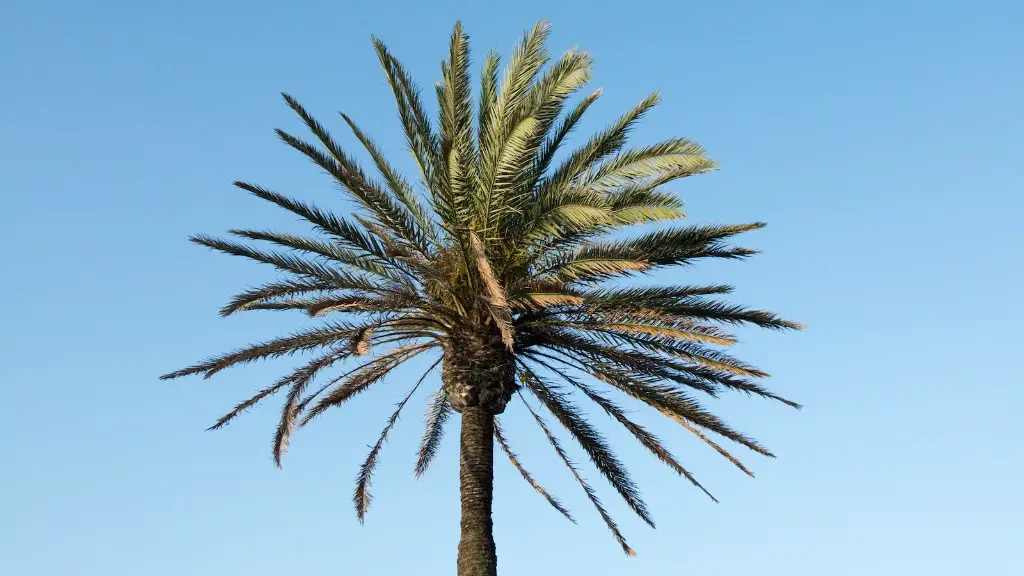Proper Seed Selection Basics
Selecting the proper seed for an avocado tree is important to get the desired results. Choose a seed from a ripe avocado and rinse off any remaining flesh. A seed with a flat, rather than pointy, end is recommended. Those with a thick hull will provide thicker trunks and their shape is indicative of the type of avocado it will produce. Size is unimportant because larger and smaller pits can produce healthy trees. Check for any possible damage or discoloration that could indicate a rotten seed, as this will affect the growing process.
Grow in Water
Insert the seed into a glass and cover it with approximately one to two centimeters of lukewarm water so that the top is submerged. Place it in a warm, well-lit spot like a windowsill and change the water every other day. Eventually a root and stem should start to emerge. Note that this process can take between one to three weeks.
Potting Soil
Once the root is several centimeters long, plant it in a pot, filling the container up with potting soil. Make sure the seed is placed in the soil with the pointy end facing down and the flat end facing up. Moisten the soil, but avoid over-watering which can drown the seed. If a gentle breeze is available, use it to help harden up the seedling.
Protect from Extreme Elements
Allow the seedling to grow for several months and eventually the first pair of leaves will sprout. At this time, the seedling should be in a location that provides four to six hours of direct sunlight and temperatures between 65 to 75 degrees Fahrenheit. The seedling should be protected from cold or hot winds and periods of drought.
Fertilizer
Once the tree has grown four to six pairs of leaves, it’s time to feed it. Use a fertilizer with a higher amount of phosphorus in order to encourage root development. Make sure to check the recommended dosage as it can vary depending on the type of fertilizer. Use a teaspoon diluted in water and pour the solution directly to the soil near the stem.
Transition to Outdoor Life
Once the tree has been fertilized, it’s time to transition to an outdoor life. If the weather is dry, allow the seedling to adapt to the elements by gradually exposing it to more sunlight and wind. Once it is capable of sustaining natural temperatures, choose an area with five to six hours of direct sunlight, good soil drainage and shelter from cold winds or temperatures. Plant the tree in a way so that the potting soil is level to the garden soil.
Water Requirements
Avocado trees need water on a regular basis, but be careful not to over-water. Check the soil every few days and if the soil is dry, use a hose to provide one to two liters of water so that it saturates the root system. Once the tree is used to its new environment, water it at least three times a week to support its health.
Pruning and Clean Up
Prune the tree early in the spring to achieve a desired form and structural shape. It is beneficial to remove vertical growth as this will help reduce overcrowding and therefore air circulation. Inspect the tree for any fungal diseases or pests so that they can be treated quickly. A regular cleanup of the area around the tree will help keep any future diseases from forming.
Temperature Requirements
Avocado trees need to be kept in a temperature-controlled environment, ideally between 55-85°F. Growing them in an area with extreme temperatures should be avoided. Warm temperatures during summer are especially important because it encourages late flowering and sets the stage for successful fruit production. Alternatively lower temperatures during spring, while they can be beneficial to flowering, can sometimes do more harm than good.
NBearing Age
Avocado trees usually take up to four to five years to start bearing fruit, but this time can vary depending on the conditions of the soil and environment. The best way to ensure a successful yield is to keep the soil moist, free from pests, and prune at the beginning of spring for a clean and neat look.
Pollination and Harvest
Avocado trees self-pollinate, which is why it is essential to wait for signs of growth and pollination before performing any pruning. Trees typically flower from May to June, and if successful, the fruit can be harvested from mid-October to mid-February.
Troubleshooting Tips
Although an avocado tree can grow healthy in a wide variety of conditions, it might have certain problems such as nutrient deficiencies, weather constraints, and insect damage. To ensure the tree stays healthy, monitoring its wellbeing throughout the growing process is essential. If there are problems, expert advice should be sought to provide suitable solutions.
General Care Advice
Avocado trees need a lot of space as they can grow quite large, thus it is necessary to evaluate the available space before growing them. Additionally, they require a deep irrigation system that can provide necessary water so that the soil moisture is always adequate. Furthermore, they don’t require special soil beyond a regular mixture of clay and sand, but fertilizer should be applied in spring and summer. Lastly, avocado trees are not resistant to cold temperatures, so any frost should be avoided.

